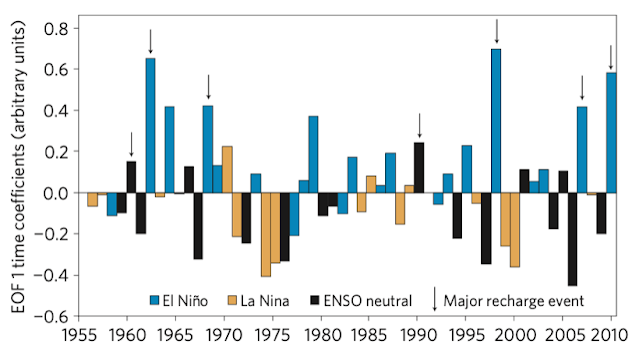Wrapping Up: Thoughts and Outlooks
In my final blog I would like to reflect on what I have covered in the series of my posts. In my first blog I brought up the need to consider Africa’s complexity, to see the land, not as a whole but to recognise the diversity it holds in all aspects. I also aimed to, with case studies of different regions in Africa, examine in detail the interaction between changing environment and water in order to reflect on water management strategies in Africa. During the process of reviewing the case studies, I have further realised that the concept of applying ‘complexity’ can go way beyond the simple physical characteristics of a place or region. The term ‘variation’ and ‘complicity’ holds not just topographical, geological and hydrogeological meaning, but social, cultural and developmental ones as well. After my third post I encountered numerous readings that broadened my initially narrowed view of the definition of ‘environmental change’. Realising that the term can go beyond natural enviro...



